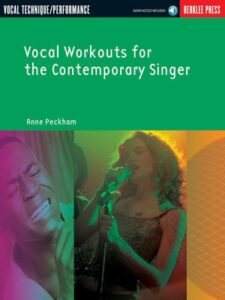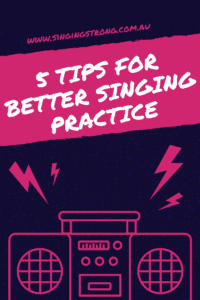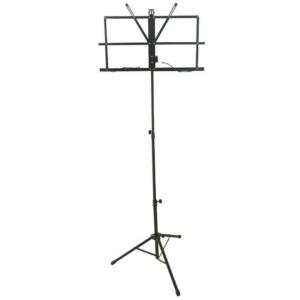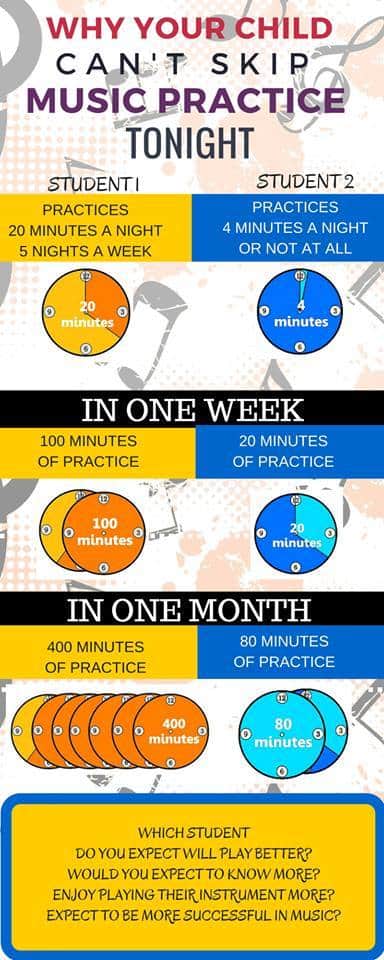Today we are going to have a look at a very small section of Adele’s song Easy on me.
We are just going to do the very beginning of the chorus: Go easy on me baby.
There are a couple of things to look at in this small section of the song.
It’s a great song, and if you haven’t listened to the whole song you can click on this link to listen to it on you tube.
The song is in F major, and this phrase begins with the tonic note, which is the beginning not of the scale -F and then you sing up a fifth, or leap up, which is the fifth note of the scale which is C.
You will find fifth intervals in lots of songs. Intervals are important to practice so that when we sing them, we land accurately on them.
Practice on the sound ng, which is the sound at the end of the word sing. The sound is closed (the tongue and soft palate are together) but you can open your mouth when you sing. This aims the sound into the front of the face.
You want to glissando (slide) up and down. As you go up, think more like you are landing on the note rather than revving up a hill.
Glissando’s on fifths exercise
Onsets
When you are attacking a phrase, especially one that begins with a vowel, there are a number of different ways you can sing it.
- Clean onset: the vocal chords come together cleanly with the sound to make a smooth, light and clear sound. To do this, connect the two words go-easy, like one word to keep it smooth.
- Aspirate/breathy onset. Air is pushed through the vocal chords to make a breathy, airy sound. Adding a h also makes it even more breathy.
- Glottal onset. The vocal chords come together quite hard to make a very strong and hard sound.
This page contains affiliate links. If you purchase a product through one of them, I will receive a commission from them (at no extra cost to you). I only ever endorse products that I like, know and trust and have personally used and benefited from.
Thank you for your support.






 Headphones are great for listening to music but not so good for practice.
Headphones are great for listening to music but not so good for practice.



 It’s the beginning of 2016 and you haven’t practiced any singing since before Christmas. Does that sound like you? I am a little bit guilty of this too. The Christmas season was so busy for me I hardly had any time for anything else. It was a wonderful time celebrating with family and friends and I did sing heaps of Christmas carols, but most things like practice got put aside. Now with the new year we find ourselves back into more of a routine, but finding the motivation to get back into practice can be a bit challenging.
It’s the beginning of 2016 and you haven’t practiced any singing since before Christmas. Does that sound like you? I am a little bit guilty of this too. The Christmas season was so busy for me I hardly had any time for anything else. It was a wonderful time celebrating with family and friends and I did sing heaps of Christmas carols, but most things like practice got put aside. Now with the new year we find ourselves back into more of a routine, but finding the motivation to get back into practice can be a bit challenging.